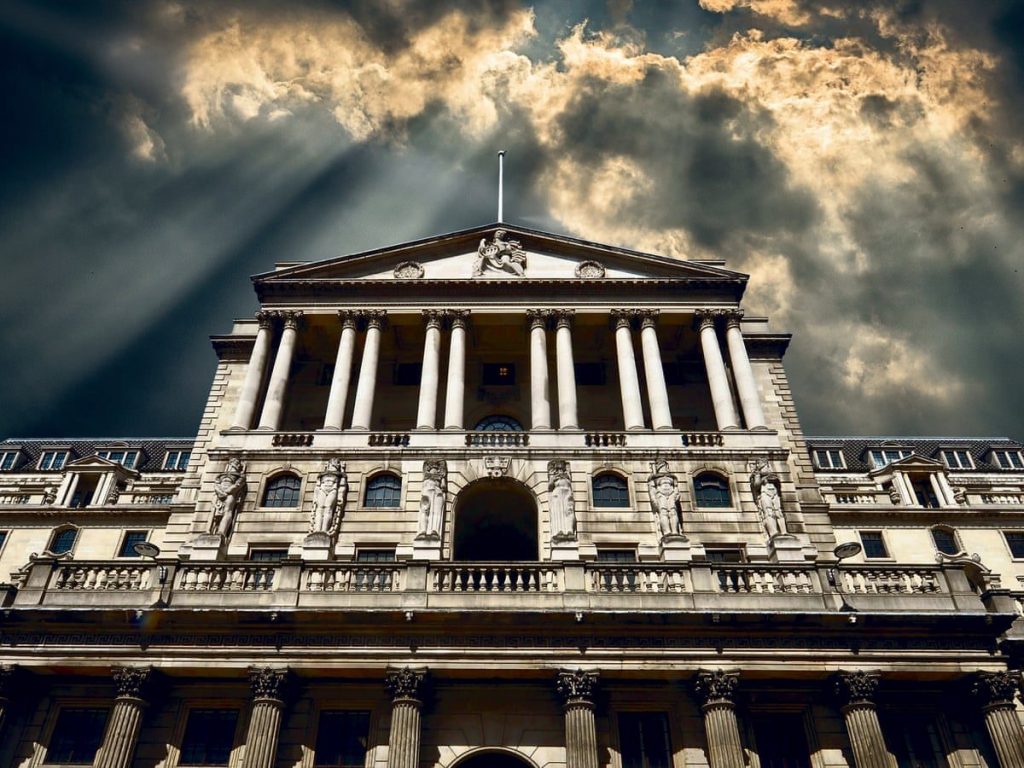With the UK CPI rises of 1.5% in April, Investment Week spoke with Philip Matthews about our views within the TB Wise Multi-Asset Income Fund which is detailed below.
Multi-asset fund managers have been topping up on allocations to assets guarding portfolios against inflation, which is expected to spike globally over the coming months as a result of booming commodities prices, wage growth and the reopening of economies.
The Office for National Statistics revealed last week that the 12-month CPI rate rose by 1.5% in April, up from 0.7% in the previous month, driven by rising household utility, clothing, and motor fuel prices.
The Bank of England (BoE) has recently forecast that inflation would gradually tick upwards towards its 2% target by the third quarter of this year in response to the economy emerging from lockdown.
It followed market turbulence earlier in May as the US inflation rate hit its highest level since 2008 at 4.6%.
Both the BoE and the Federal Reserve have assured markets that they have no plans to intervene via interest rate hikes in the near term, but asset managers are gearing up for an inflationary surge over the next 12 months.
Co-CEO of asset management at UBP, Nicolas Faller, told Investment Week the firm’s fund range has been topping up on “inflation linkers” as well as other assets for inflationary protection such as real estate.
“The house view is that, yes, we are going to have a bit more inflation because we have pressure on commodities…that will definitely drive prices a bit higher,” he said.
“We also have certain sectors that are now starting to reopen, and there are companies struggling to find workers, so you would expect some salary increases.”
Temporary phenomenon
However, UBP views the inflationary environment as a “temporary phenomenon”, according to Faller, with the expectation that CPI rates “will gradually fall back to their long term, normal trend”.
“There is still some deflation pressure all over the world,” he explained. “So we are certainly going to have a pick up, but it is not going to be sustained and we believe we are not entering into a period of high inflation, which we have not seen for decades.”
T.Rowe Price EMEA solutions strategist Michael Walsh said the firm’s multi-asset range is also topping up allocations of assets to inflation protection assets, despite a bullish outlook for the global economy.
“We are buying very short-term inflation protection, with assets such as Treasuries and inflation protected securities in the US,” he explained.
“We definitely see short-term pressures [in terms of inflation]. We see a lot of issues in areas such as labour supply, but there are still a lot of long-term forces such as automation, globalisation and demographics that will act to keep inflation down.
“We expect inflation to jump over the next 12-to-18 months, and then feed back down to a lower level rather than moving higher and staying higher.”
For fund selectors, securing income while protecting capital amid an inflationary surge “represents a challenge”, explained co-portfolio manager of the TB Wise Multi-Asset Income fund Philip Matthews.
He highlighted TwentyFour Income as an example of a holding within the fund’s defensive allocation as an ideal investment amid an inflationary environment.
“We believe there is scope for spreads to tighten further as economic recovery improves the credit risk within [TwentyFour Income’s] Asset Backed Security holdings,” Matthews said.
“Furthermore, the inflation-linked nature of their investments will provide a second level of protection. As such, the 5.9% dividend yield provides an attractive level of return.”
TB Wise Multi-Asset Income has also recently added GCP Infrastructure in response to rising inflation expectations.
“There is some inflation protection within [GCP Infrastructure’s] portfolio,” Matthews added. “Asset values now reflect more conservative long-term energy prices and the yield of 7.7% looks sustainable and attractive.”
Inflation to shock on the upside
While most asset managers expect an inflationary pick-up to be a relatively short-term phenomenon, real assets portfolio manager at Cohen & Steers Michelle Butler said there is the potential for market participants to be caught off guard by an impending surge.
“The market’s inflation expectations over the long run continue to underestimate the potential impact of $30trn in global fiscal and monetary stimulus and more inflation-tolerant central bank policies,” she explained.
“Risks to inflation are tilted to the upside, creating conditions for a potential inflation surprise.”
Global head of macro and strategic asset allocation at Fidelity Salman Ahmed agreed there is potential for inflation to surprise on the upside.
“The whole inflation chain (PPI/CPI/wages) is starting to burn up, not just in the US but globally, and the recent commodity rally is only adding fuel to the fire,” he said. ”
“Fiscal policy, especially in the US, has not been this aggressive since the WWII years, and implicitly central banks are facilitating the expansion in public finance led aggregate demand.
“The very heavy debt burdens will require real rates to remain negative through central bank policy suppression, however the risk of a shock to inflation expectations is real after multiple decades of continuous disinflation.”


